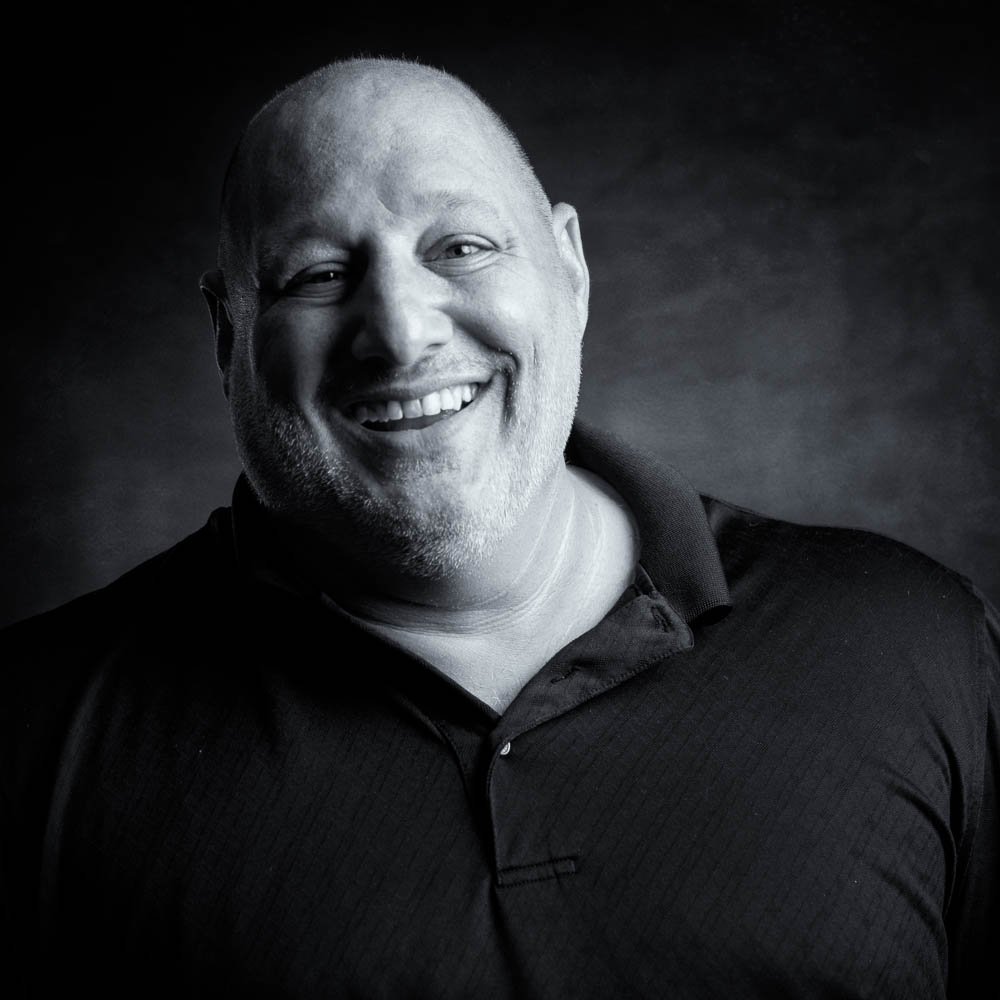While I was in London, Richard Harrington took me to the National Gallery. The art was amazing! I asked permission to take photos and was told I could, as long as I didn’t use flash. I set up for my shot and waited for people to move. At first I thought I could take several shots over a period of time and let Photoshop analyze them and only keep what was consistent – which, of course, was the painting. The only problem: we didn’t have that much time. I thought for a moment as I watched Harrington set up his shot.
10-Stop Neutral Density Filter Plus Long Exposure
The solution was only a few feet away. Harrington had a10-stop neutral density filter on his lens and took a 30-second-long exposure. As people moved in and out of his frame, he had a grin from ear to ear. He saw my confusion and after 30 seconds he said, “O-o-o-h look, it’s magic.” The people were gone from the scene! I realized it was that simple: take a long exposure of the scene.
Why long exposure worked
Most people didn’t stand in one spot for more than a few seconds, so the camera didn’t capture them. For them to be captured, they would have to stay in one spot the entire time. You will notice a little ghosting of people that stood a little longer. If it’s a high traffic area, take a couple of shots and fix it in Photoshop.
Indoor Long Exposure Settings
I didn’t have a 10-stop neutral density filter like Richard, so I stopped down to my maximum aperture, f/22, and an ISO of 64. These settings gave me a 30-second exposure. Fortunately for me, my Nikon D810 has a very low ISO. If I had shot with my D700, I would have had to use a neutral density filter or shoot in bulb mode with a faster shutter speed of around 20 seconds. The trick would be to place your hand or a piece of black foam core over the lens and wait for people to move. When you lift your hand or black foam core, begin your count and stop when you place it back. Continue until you reach 20 seconds.
Processing Long Exposed Images
I had time for two shots, wishing I had time for three. I brought both images into Photoshop and layered one on top of the other. I applied a layer mask and painted out ghosting of people that stood in one spot too long. Once I had the image looking the way I wanted it, I applied my go-to filter, Perfectly Clear.
*Feature image © 2016 Vanelli

Vanelli is a photographer, educator and author based in Florida. Currently he shoots for Inside Lacrosse Magazine, teaches workshops, and writes for Photofocus. Click here for a list of Vanelli’s articles.
https://www.facebook.com/mrvanelli
https://twitter.com/vanelli
This Post Sponsored by:
Perfectly Clear for Photoshop or Lightroom is all about saving you time so you can focus on doing what you love best. Get a free trial of the award winning plug-in here.
The HDR Learning Center. Check out new ways to use High Dynamic Range photography to make compelling images. Free tutorials and posts to get results. Produced in partnership with HDRsoft
Lighting Survey. Take the chance to win an iPhone 6s or 6s Plus. Respond to a 5 minute survey regarding lighting equipment for photographers — http://bit.ly/lightingsurvey2
lynda.com Learn photography anytime, anywhere, and at your own pace—from bite-sized tutorials to comprehensive courses. Try lynda.com free for 10 days by visiting lynda.com/Photofocus
Filed under: Photography, Technique & Tutorials Tagged: 10-Stop Neutral Density Filter, Indoor Long Exposure, long exposure, Processing Long Exposed Images, Robert Vanelli, Vanelli, Why long exposure works
![]()






